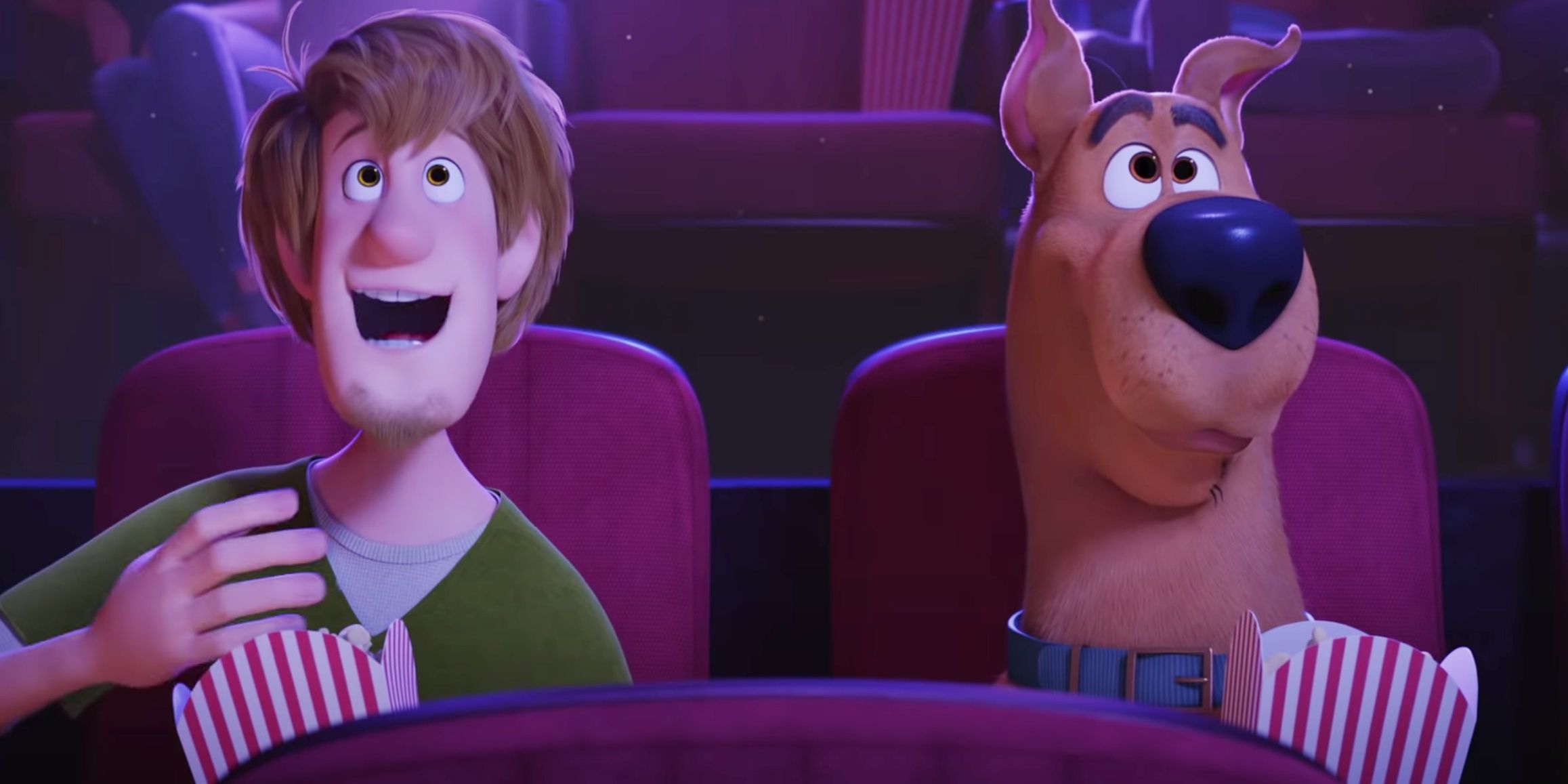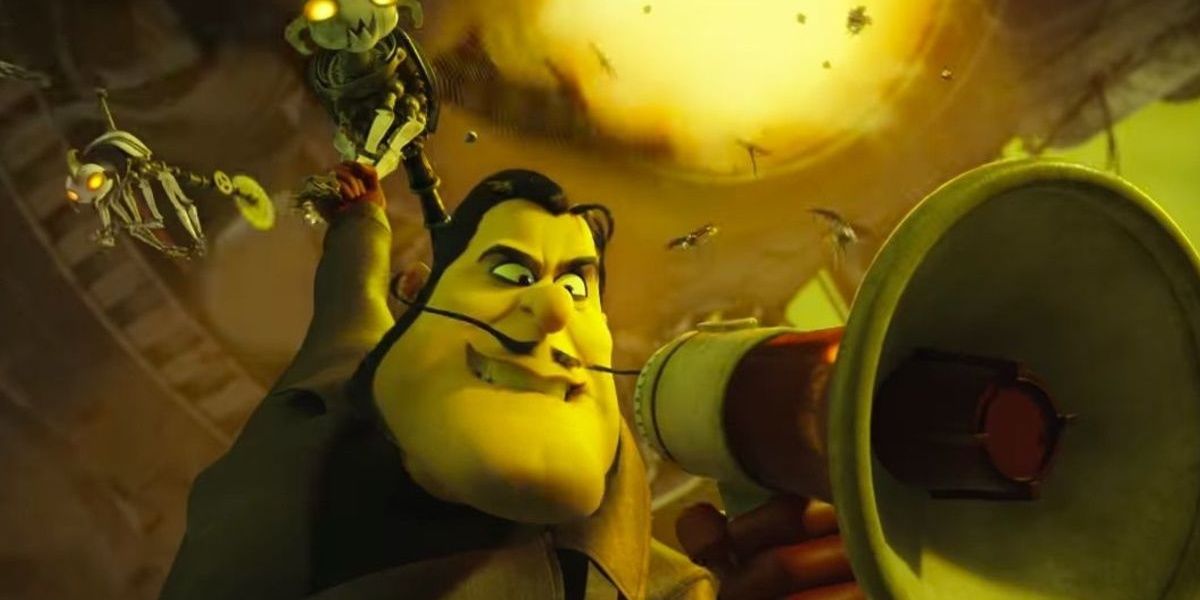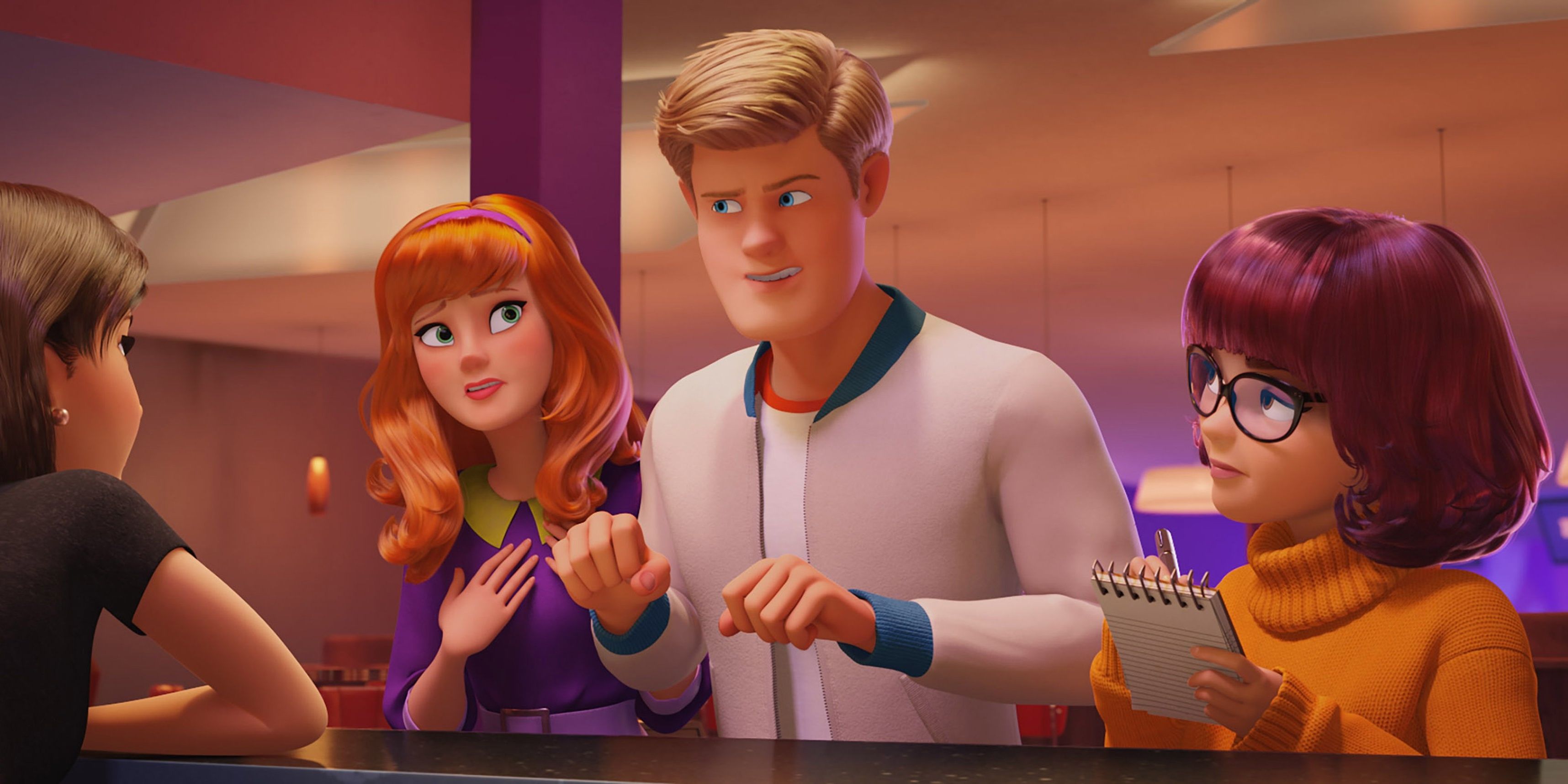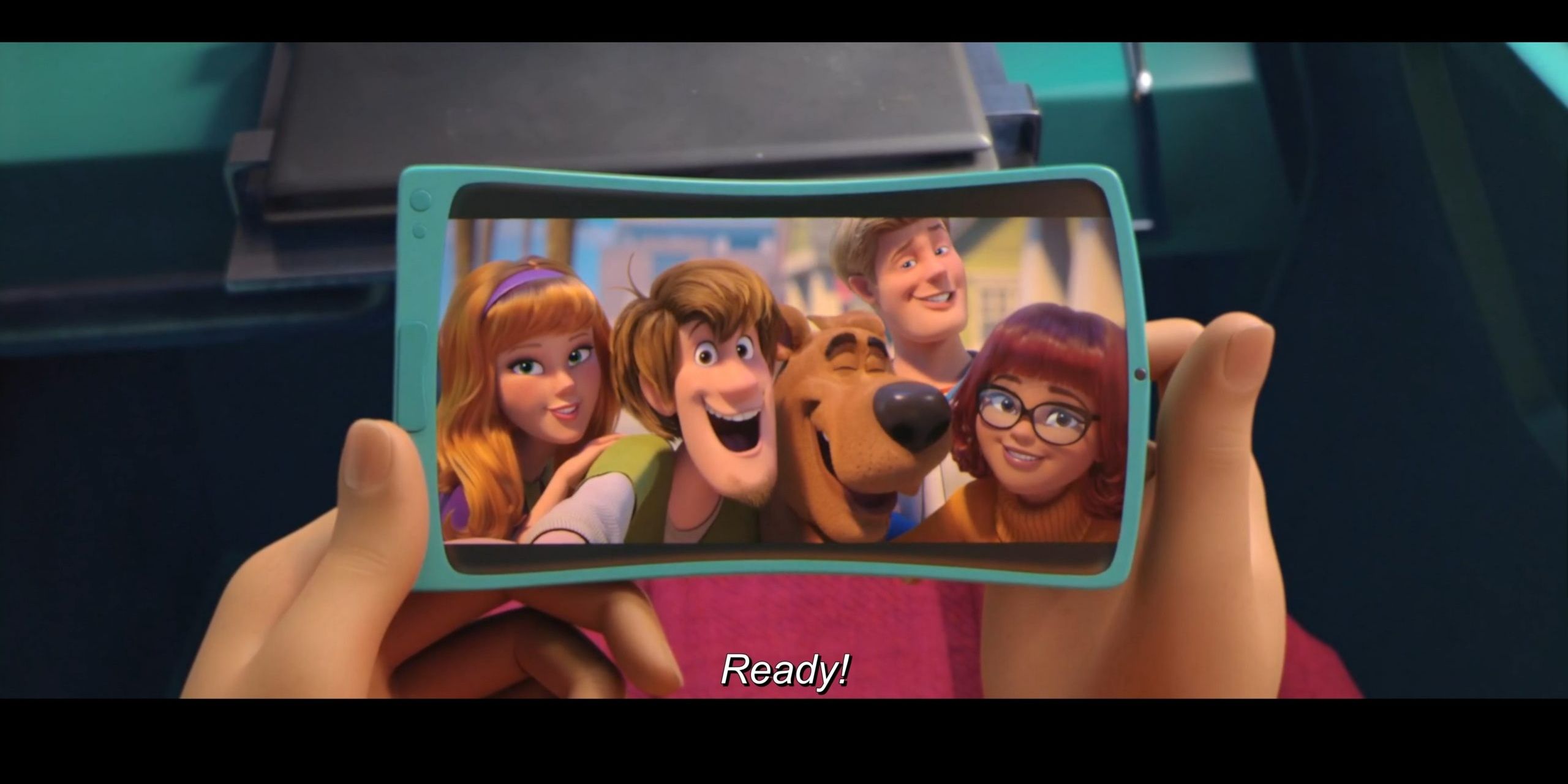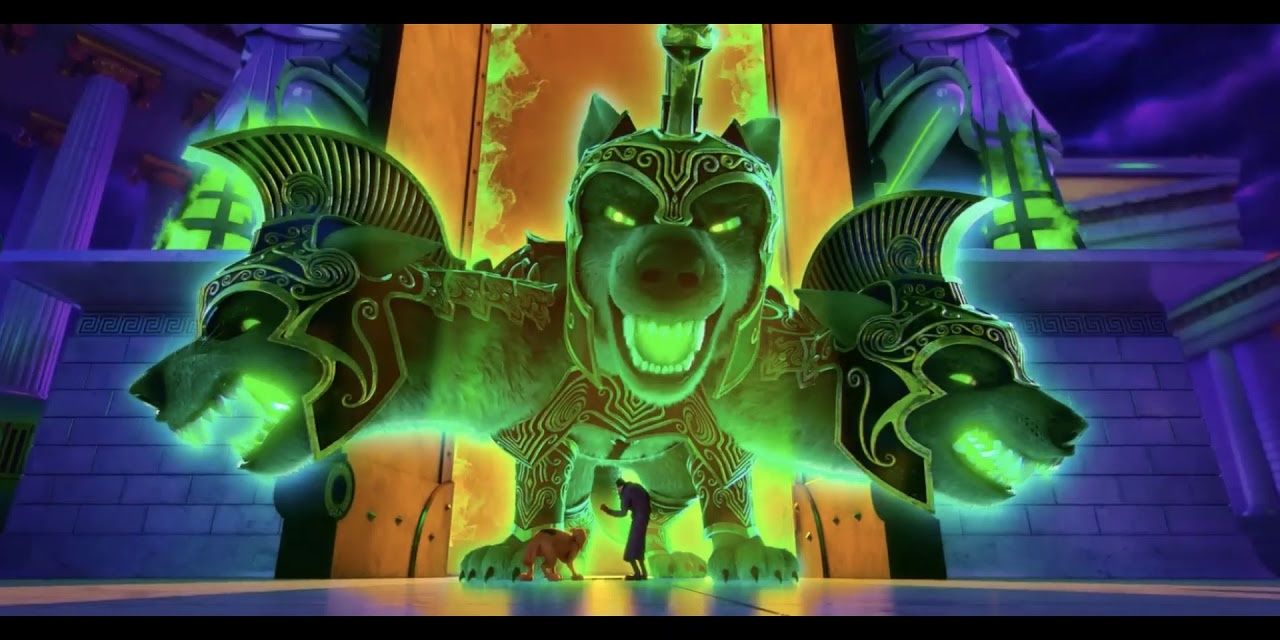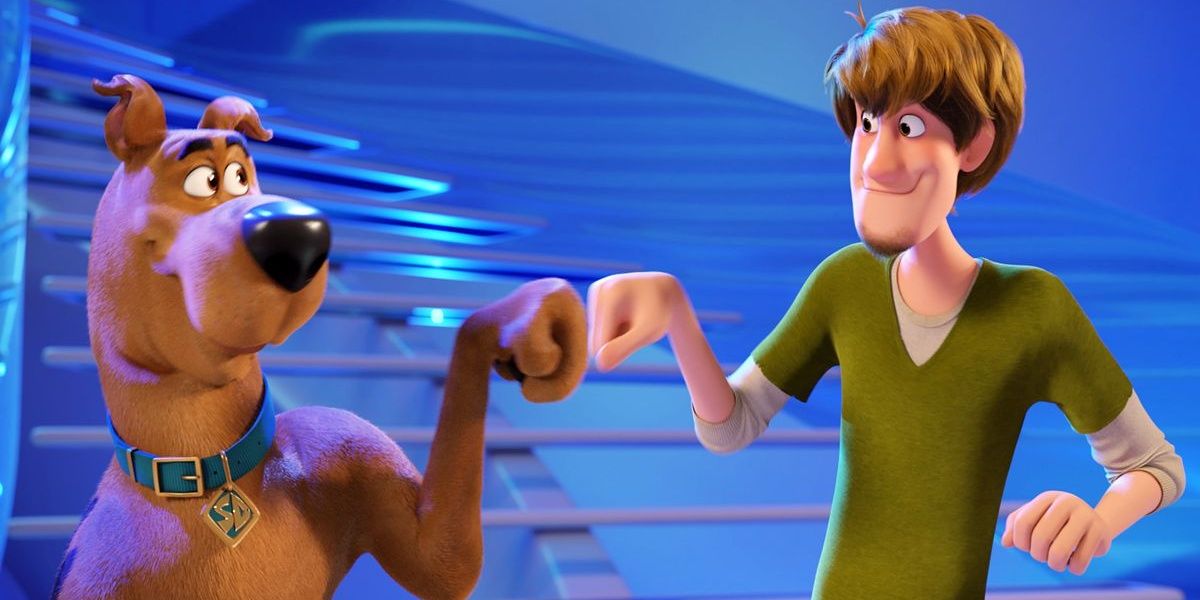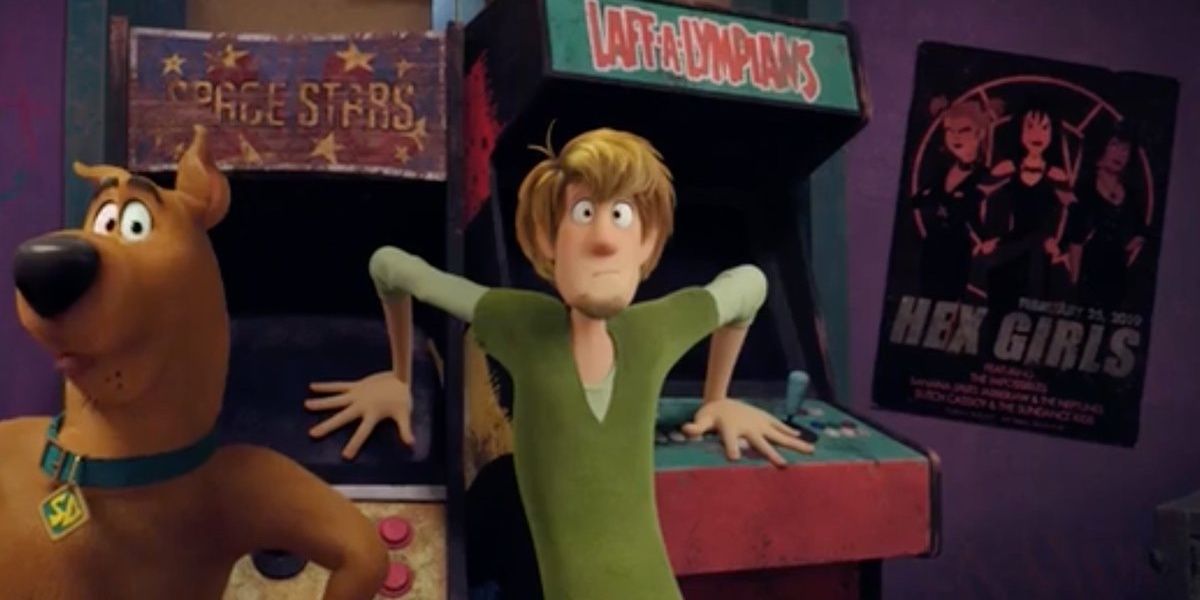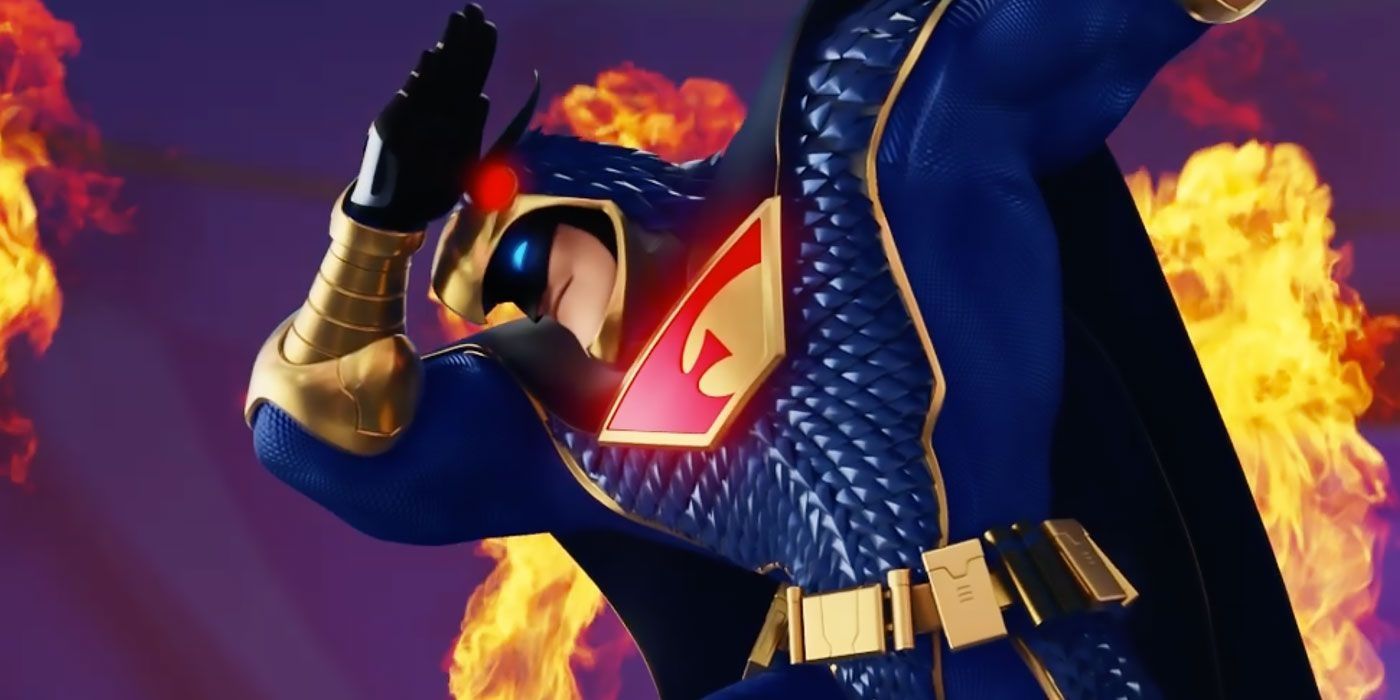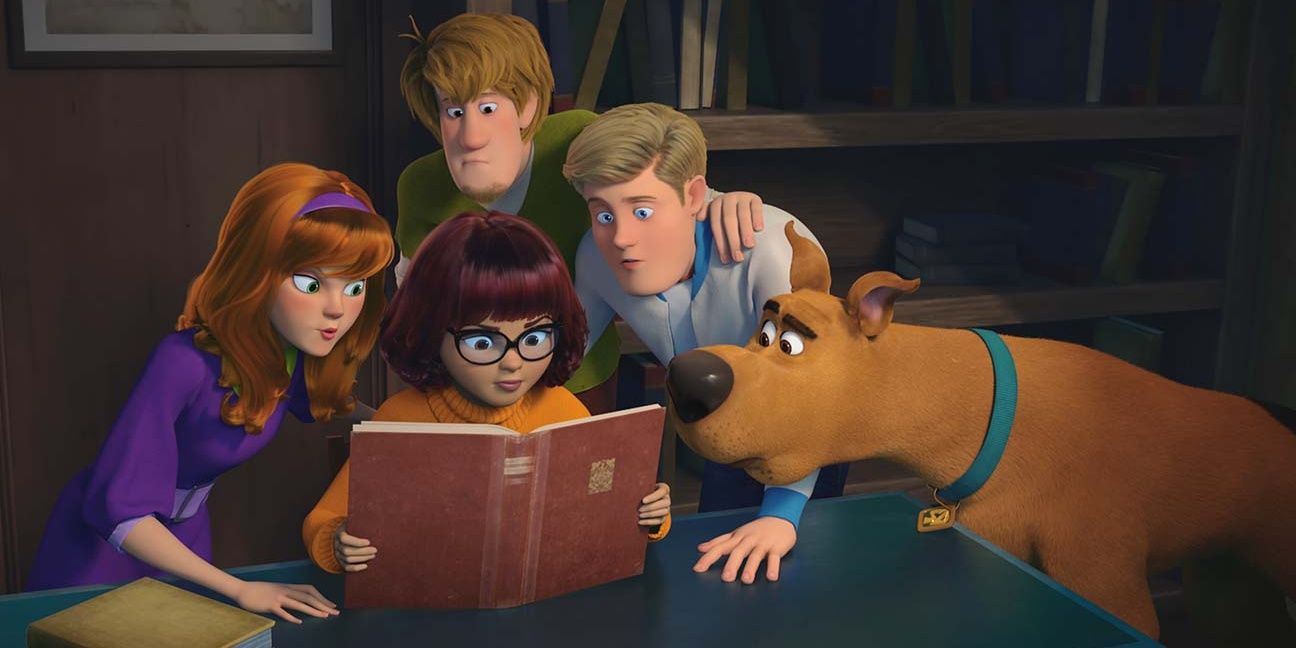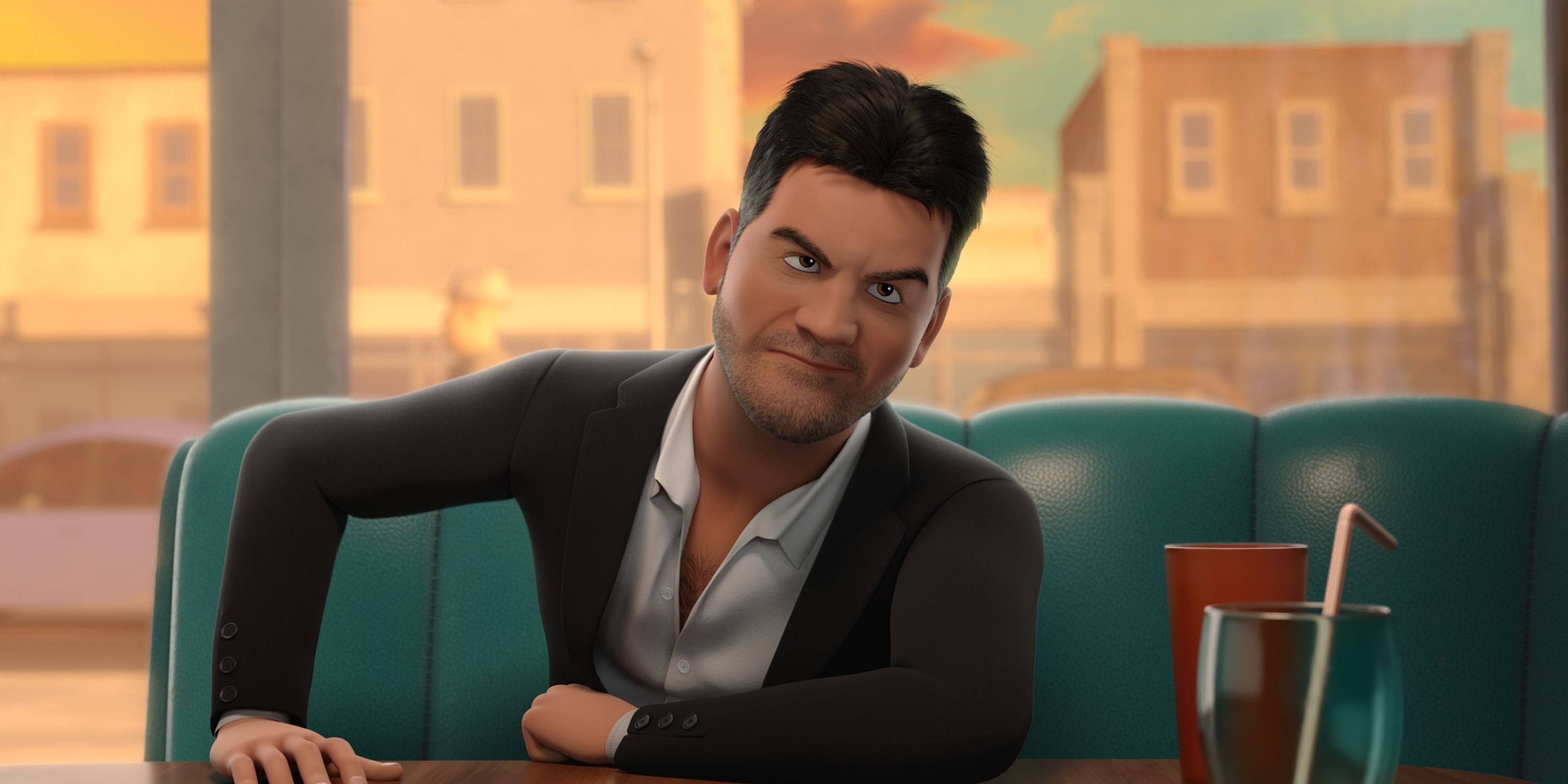Scoob hit our home-screens last month to mixed responses. On Rotten Tomatoes, it scored fifty percent on the tomato meter while on IMDb it ranked 5.8 out of 10. Some viewers praised the film for its execution of Dick Dastardly and Scooby-Doo's performance. Whilst others were turned off by the story and pop culture references.
Despite the so-so reviews the movie was fiscally successful and was the top-rented movie for three weekends straight. While its reception was mediocre, we believe there were five attributes that not only distinguished the movie from other Scooby-Doo properties but also excelled it higher than any iteration and also sunk it below any other.
10 Better: Dick Dastardly
Having first done a cross-over with Scooby-Doo in Laff-A-Lympics, Dastardly's one of the better elements of Scoob. While Scooby-Doo's featured a gallery of memorable and compelling villains Dastardly took the cake. From his design, threatening demeanor, intelligence, and engagement. Viewers thought he was fun to watch and were delighted to see the character return on the small screen. His voice actor Jason Issacs also did a marvelous job.
9 Worse: Velma, Fred and Daphne
One of the weaker attributes of the film were the characterizations of the trio. Each iteration has dabbled with these characters' personalities. However, there's little semblance of any personality. In the film, Velma's the "smart one," Daphne's an "empath," and Fred's the leader (and creepily loves his van). So, essentially the same as their original personas but there's not much else. Sadly their lackluster vocal performances weren't enough to spice them up either.
8 Better: Modernization
While films like Scooby-Doo on Zombie Island updated the franchise and gave them a modern spin, Scoob hit it out of the ballpark.
The gang, including Dick Dastardly, Blue Falcon, and Dynomutt left behind their 60s-70s attire and motifs in exchange for some new threads and upgrades. While there were some cringy moments where the film played hard to achieve that "cool factor," it mostly meshed well.
7 Worse: Story
The story is the foundation of a movie. With a strong foundation, certain faults can be excused or overlooked. Unfortunately, some viewers complained the story was convoluted. The film's origin had little bearing on the rest of the movie, as Scooby and Shaggy's separation felt forced and the ending seemed to run off the road into oblivion. Others felt there were too many sub-plots including; Dastardly trying to get Muttley back, the new Blue Falcon trying to live up to his father's standards, and the lore of Alexander Graham Bell.
6 Better: Scooby-Doo's Performance
Frank Welker has officially voiced Scooby-Doo since 2006. He's also Fred Jones's original and current voice actor. And while there's never been (in our opinion) a bad Scooby performance, this film is where Welker shined. His portrayal was effortlessly humorous, heart-warming, and emanated the essence of the character. There's a reason why they didn't/couldn't find a celebrity (like the others) to voice Scooby because there's no else who'd be up to the task. Viewers were also pleased with Welker's performance and his participation in the movie despite the absence of the other official voices.
5 Worse: Shaggy's Voice
Considering the original series is over fifty years old and there have been several incarnations since, Shaggy has had a set of different actors. And while they didn't all sound the same, they generally sounded similar. Unfortunately, Will Forte's Shaggy sounded like a poor impression. Forte's a competent voice actor in his own right, but viewers agreed he wasn't the right fit.
Others were disappointed Matthew Lillard (including himself) didn't return to voice Shaggy, having succeeded the role from the original actor Casey Kasem. Nonetheless, Lillard still advocated for the film's success and fans were willing to give Forte a shot. Hopefully, in the sequel, there's some resolution made.
4 Better: Easter Eggs
Another reason to catch Scoob twice is to see what easter eggs were missed. Throughout the film, Hanna-Barbera references were dished out left and right. From the bowling alley's name being Takamoto Bowl (character designer on Scooby-Doo, Where Are You!), the inclusion of Dee Dee Sykes (Captain Caveman's accomplice), to a Hex Girls poster in the arcade. While some were hard to miss, others were subtle and could be gone in a blink of an eye. Our only complaint is we wished there were more.
3 Worse: Pop-Culture References
The pop-culture references felt forced and unoriginal. Their shallowness relied on the viewers being familiar and not offering anything else. Sometimes the film felt on hold as they played out. It's wise to use pop-culture references sparingly as they can age a film. Even if there's a lot of references, they need to serve more than just relevancy. Consider an older property like The New Scooby-Doo Movies, where they featured celebrity guests back in the 70s. Today, a portion of them are now considered outdated. However, the episodes are still enjoyable and the guest stars are entertaining to watch.
2 Better: Animation
While the Scooby-Doo franchise has displayed some impressive animation over the years, Scoob took it a step further. It is stylistic, fluid, and organic. The film also did a terrific job of recreating Scooby-Doo Where Are You!'s opening.
1 Worse: Cameo
While Scooby's had a load of guest stars throughout the decades, the film's cameo was questionable. Besides the fact, Simon Cowell's presence felt twenty years too late, it made little sense. Granted it wasn't the real Simon Cowell but merely one of Dastardly's disguises. Yet, why would Cowell be investing in a mystery-solving company? It felt out of left field.

